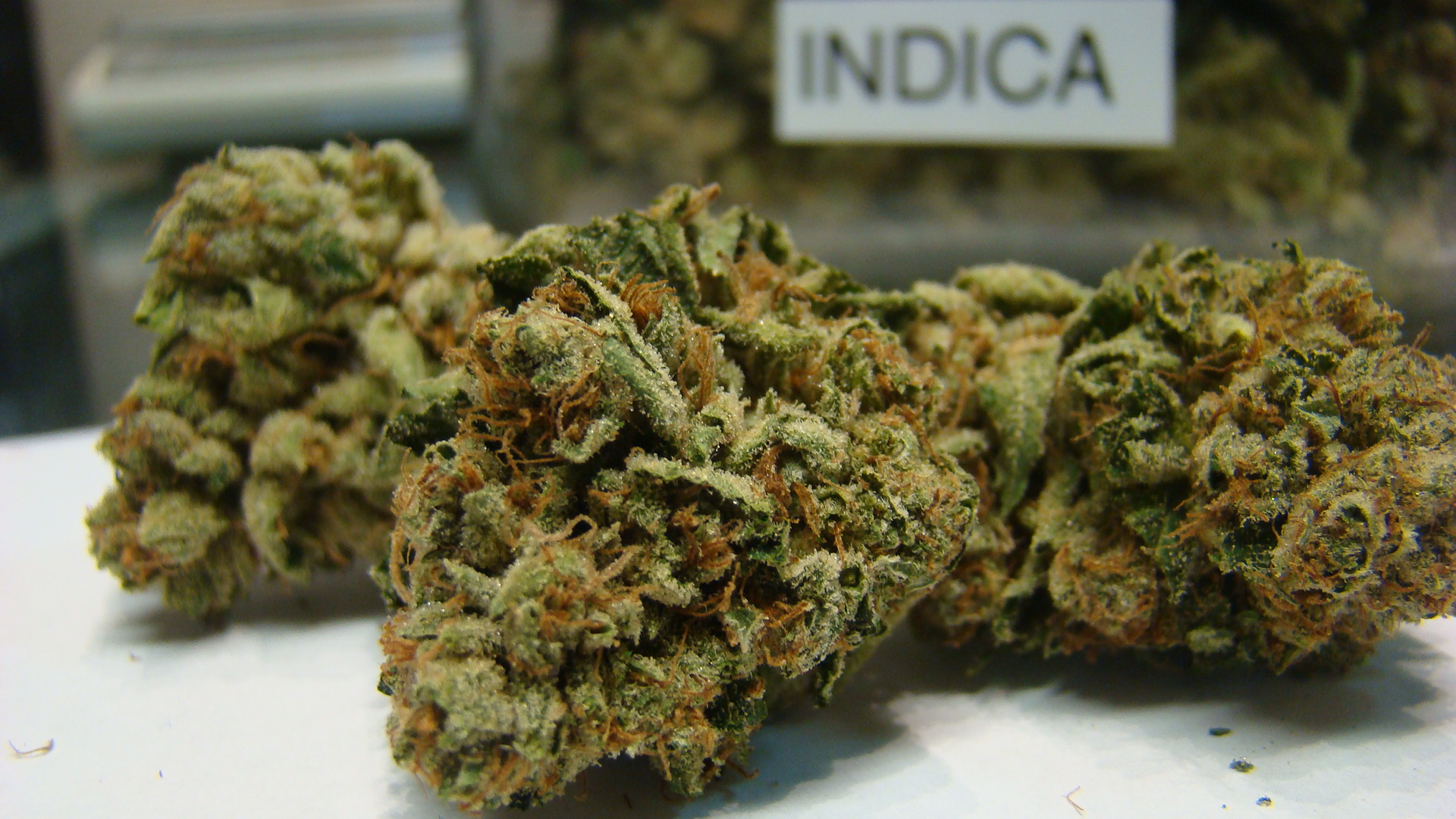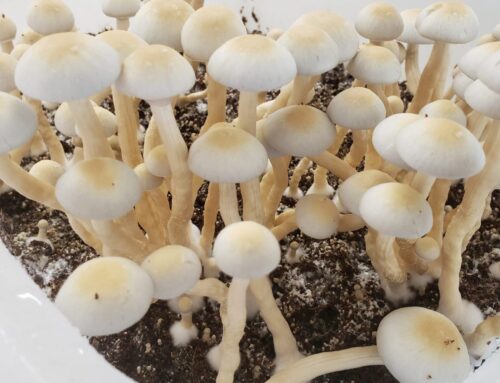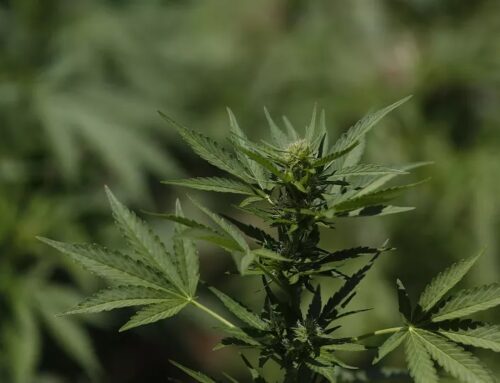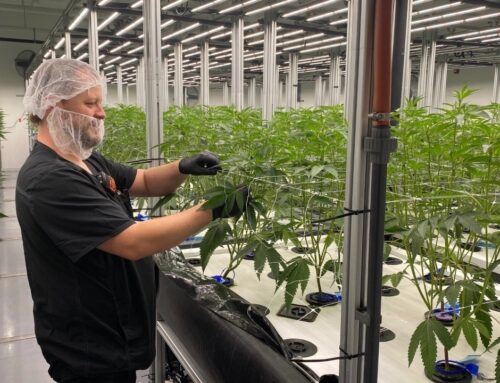JACK HERER is named after Jack Herer sometimes called the “Emperor of Hemp”, Jack herer was an American cannabis rights activist and the author of The Emperor Wears No Clothes, a book—in 2016 in its twelfth edition after having been continuously in print for 31 years—frequently cited in efforts to decriminalize and legalize cannabis and to expand the use of hemp for industrial use. Herer also founded and served as the director of the organization Help End Marijuana Prohibition (HEMP).[1] The Jack Herer Cup is held in Las Vegas each year to honor Jack Herer.[2]
KUSH. The origins of Kush Cannabis are from landrace plants mainly in Afghanistan, Northern Pakistan and North-Western India[1] with the name coming from the Hindu Kush mountain range. “Hindu Kush” strains of Cannabis were taken to the United States in the mid-to-late 1970s and continue to be available there to the present day.[2]
Kush strains were among those cultivated by the British firm GW Pharmaceuticals for its legally licensed commercial trial of medicinal cannabis.
THE HISTORY OF CHEESE STRAINS
The history of Cheese cannabis strains dates back to late 1980s, but first takes us back to the origin of Skunk.
Skunk #1 was first bred in California by Sam The Skunkman. Following his success, Sam moved to The Netherlands in 1988 where he could grow and breed his plants without the DEA breathing down his neck.
Sam’s Skunk #1 was a huge hit in Europe (especially in Holland) in the 1980s, mainly because of its resilience, short flowering time, and big yields. However, the only trouble with the strain was its smell, which was great at attracting unwanted attention.
So, during his time in The Netherlands, Sam got back to working on Skunk #1 to breed out its intense aroma. The Skunk seeds he was producing would be grown from different parents, meaning there were huge variations from one phenotype to another.
And that’s exactly what gave birth to the Cheese variety treasured by so many smokers today when in the late 1980s, a grower in South East England noticed something peculiar about one of his Skunk #1 plants.
Unlike the other Skunk plants grown, this plant produced a unique sour aroma and, come harvest time, was loaded with big, dense buds. The grower, who remains unnamed to this day, immediately cloned the plant and began distributing it.
Around 1995, that special breed of Skunk #1 landed in the hands of Exodus, a small alternative community located just outside London. Exodus finally grew and bred the strain, making it available in seed form for the first time.
The Exodus community labelled the strain as Exodus Cheese and began distributing it further, especially among the growing community of ravers. The strain quickly became a favourite all across the UK, thanks to its intense aroma, big yields, and resilience to the tough climate.
SKUNK The Skunk is, doubtless, one of the most widely known and grown cannabis strains worldwide. The Skunk marijuana is a poly hybrid between two Sativa landraces – Colombian Gold and Acapulco Gold – and an Afghani Indica purebred.
This legendary cannabis strain was developed during the early 70’s in California by a group of growers and breeders known as Sacred Seeds, leaded by Sam Skunkman.
During this glorious time, selections of thousands of plants were usually performed outdoors. In this way, the best traits of the gene pool were detected and stabilised over the years, according to the criteria that has made the Skunk to become a truly impressive marijuana variety: nice yields, early flowering, nice branching, dense and resinous flowers with few leaves and extraordinary scent.
During the 80’s Sam Skunkman brought the Skunk to Europe (Netherlands) and sold some seeds under the name of Cultivator’s Choice. The remaining stock of seeds was then bought by Neville Shoenmakers, owner of The Seed Bank, later to become the Sensi Seed Bank.
Today, the Skunk#1 is considered a stable and homogeneous plant, what explains why it is so often used to develop new hybrids such as Haze x Skunk or Seedsman’s Hawaïan Skunk.
Despite this fact, the parents used to create the Skunk#1 were different from one year to another, so slight differences could be found between different phenotypes. An example of this is the renowned UK Cheese Exodus cut, found in a pack of Skunk#1 from Sensi Seeds back in 1988 in the U.K. The unforgettable smell and taste of this phenotype made it a true classic in the global cannabis scene.
OG STRAIN
Viewed as the backbone or founding father of many West Coast cannabis strains, OG Kush is probably considered one of the most popular types of bud available on the market. With a name that is more commonly recognized than Pineapple Express or White Widow, the origins of this intriguing cannabis strain still remain a mystery.
What does the OG stand for there are quite a few theories. My favorite and the one which seems most reasonable to me is Ocean Grown. If you have any other theories regarding the origins of the name, why not share this on our community:
We are very interested to hear of any other theories regarding the origin of this or any other names.
CHOKO STRAIN
The Choko marijuana strain is the best sativa in Spain, The Choko strain is derived primarily from a Nepalese landrace Sativa and phenotypes of Chocolope. Developed by the breeding and genetics team associated with Club Choko in Barcelona, the Choko weed strain is one of the most unique and potent types of cannabis available anywhere.








Leave A Comment
You must be logged in to post a comment.